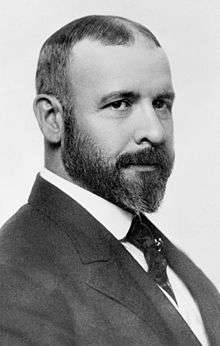American Prize for Architecture

The American Prize for Architecture,[1] also known as the Louis H. Sullivan Award, is bestowed to an outstanding practitioner in the United States that has emblazoned a new direction in the history of American Architecture with talent, vision, and commitment and has demonstrated consistent contributions to humanity through the built environment and through the art of architecture.
The award periodically honors North and South American architects, as well as other global architects practicing on those continents, whose body of architectural work, over time, exemplifies superior design and humanist ideals.
Instituted in 1994 as The Louis H. Sullivan Award, The American Prize for Architecture honors the spirit of the founder of modernism, Louis Sullivan, and a subsequent generation of Chicago practitioners as Frank Lloyd Wright and Daniel H. Burnham.
The American Prize for Architecture was founded in Chicago by The Chicago Athenaeum: Museum of Architecture and Design, and is organized jointly with The European Centre for Architecture Art Design and Urban Studies as a way to broadcast globally the significant contributions of America’s rich and inspiring architecture practice and its legacy to the world at large.
The Director of the prize and President of The Chicago Athenaeum, Christian Narkiewicz-Laine, is the curator of the Prize and the Museum solicits nominations from a range of people, including global practitioners, educators, people in business, and the general public.
Some previous American Prize for Architecture laureates include: Michael Graves (1994), Sir Norman Foster (1996), General Services Administration (Richard Feiner) (1997), Richard Meier (1998) and Adrian Smith + Gordon Gill Architects (2016).
The American Prize for Architecture is a trademark™ of The Chicago Athenaeum.